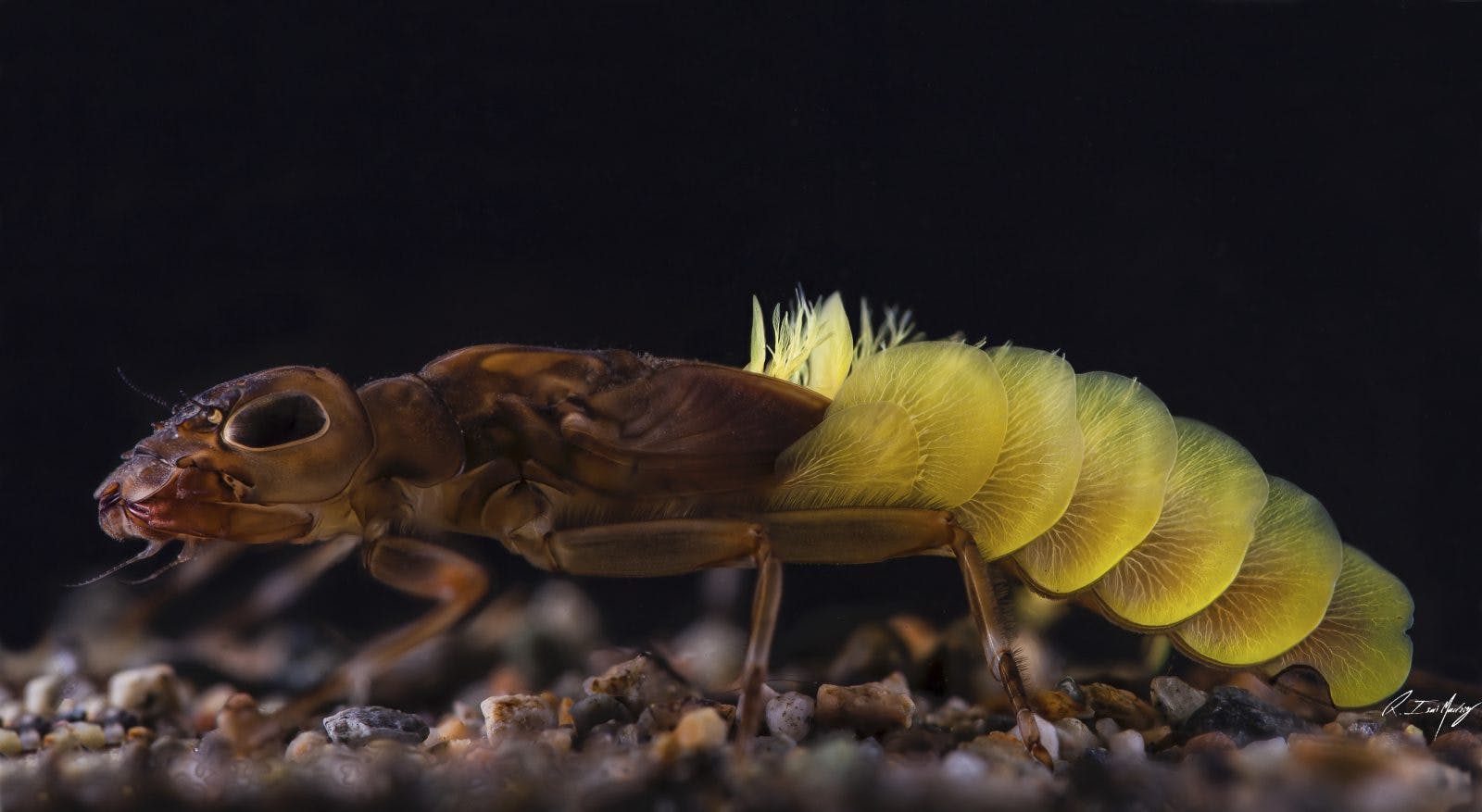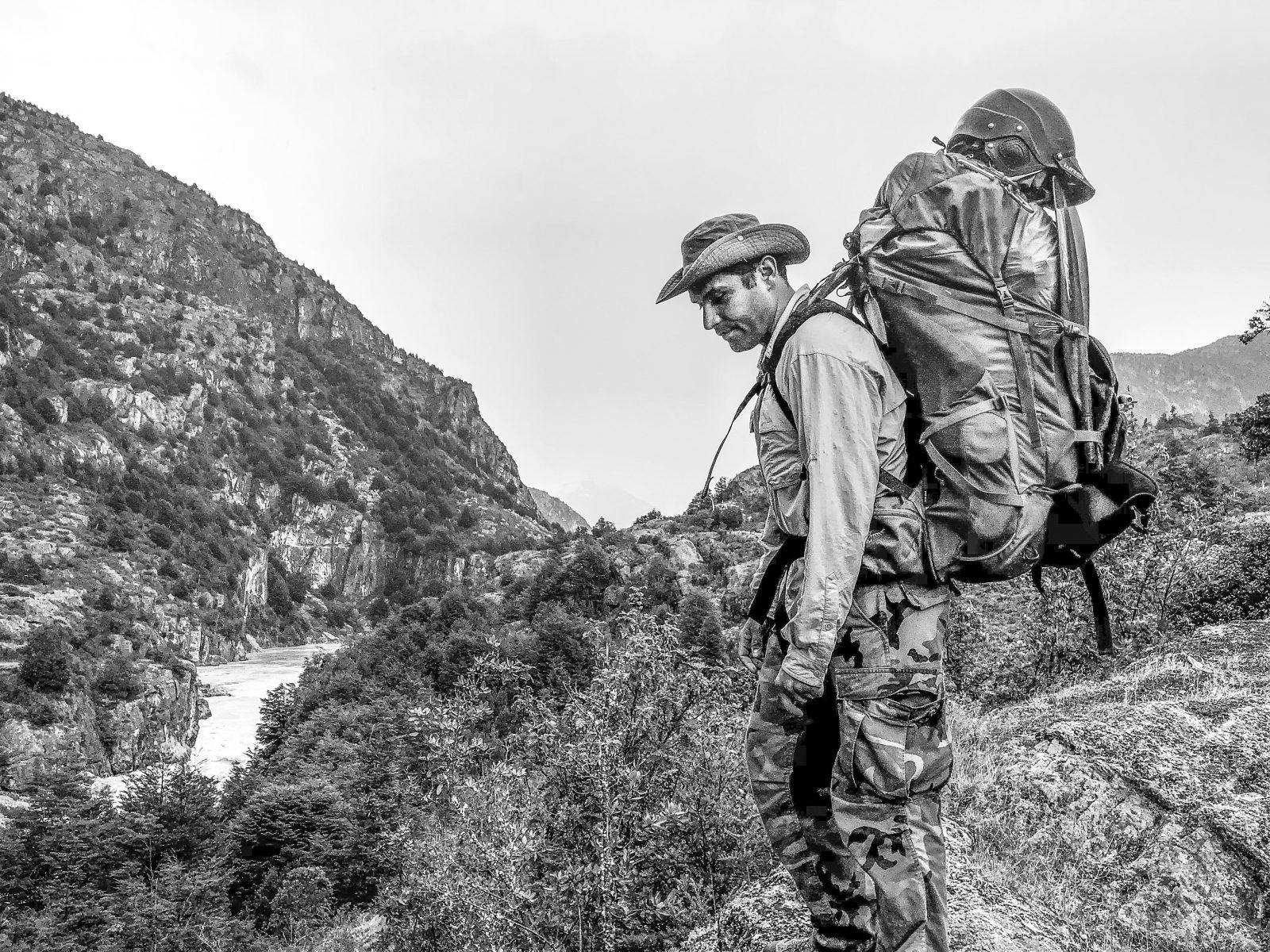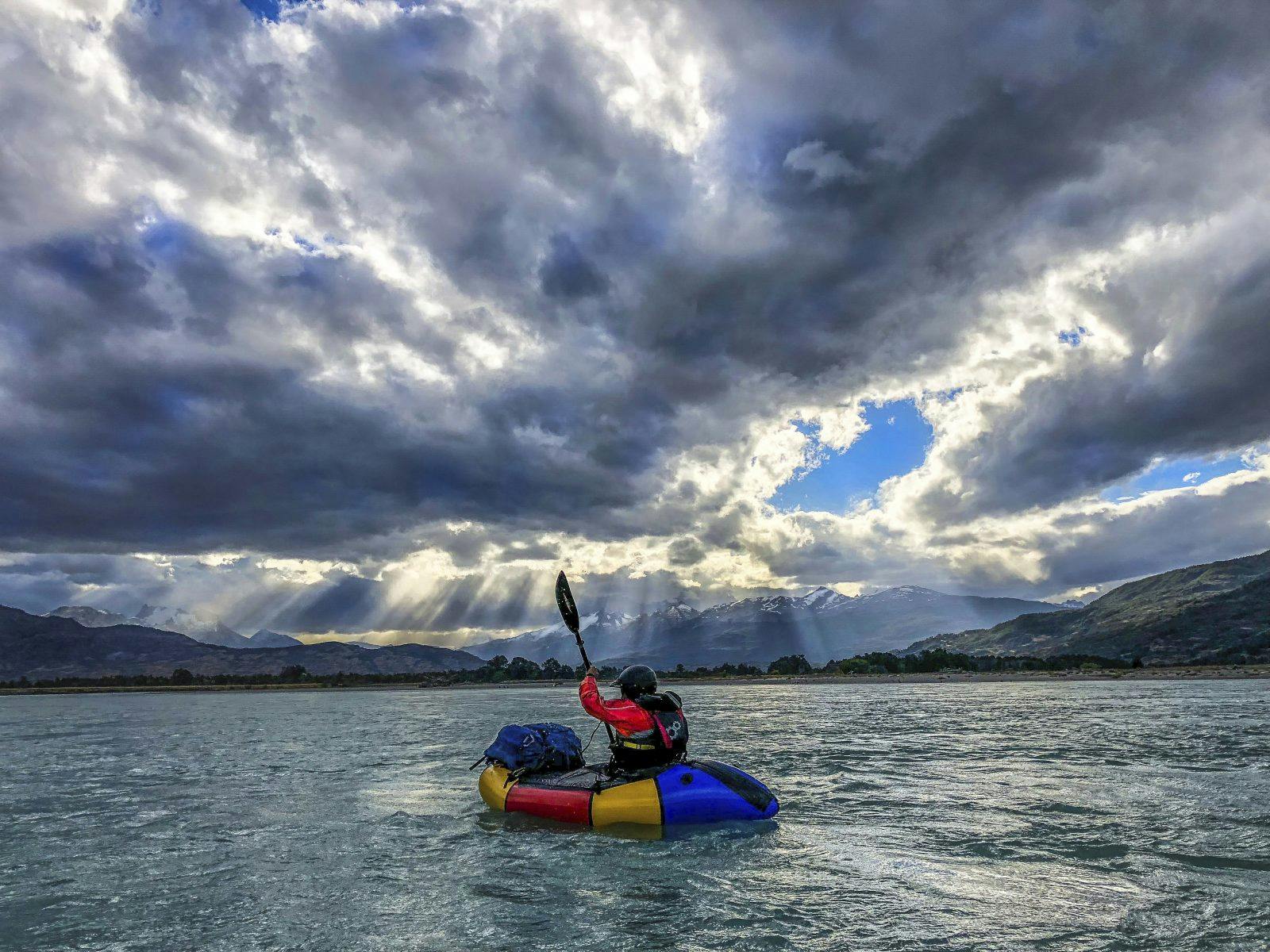In Search of New Species Across Patagonia’s Waterways
Photos by: Anand Varma and R. Isaí Madriz
In 2017 entomologist, Fulbright Fellow and National Geographic Explorer, Dr. Isaí Madriz relocated from the United States to the Aysén region of Chilean Patagonia to begin the first insect conservation program in the region. It was in 2008 that he first fell in love with Patagonia (both Chilean and Argentine) after riding his bicycle from Chicago as a newly graduated traveling field zoologist. From leading interpretive walks in the cloud forest of Costa Rica to tracking pumas in Argentine Patagonia, Dr. Madriz has had much experience with wildlife, but it was insects that became his true calling.
After three years being based on the Chilean side of Patagonia, Dr. Madriz has found over 50 new species of insects, most of them belonging to rare and ancient Gondwanan lineages.

To truly understand the highly endemic biodiversity of Patagonia, Dr. Madriz travels to some of the most remote areas, performing expeditions mostly alone and carrying an average of 80 pounds of equipment on each expedition.

“Every time I go out, I feel like I am on a treasure hunt. It is under every log, in every tree hole, clinging to every waterfall that I may find a new insect. It is the best ‘job’ I could imagine.“
Using Alpacka Raft packrafts, Dr. Madriz can successfully navigate all kinds of water conditions. From river crossings to bisecting large glacial lakes with icebergs, the boats hold up like champs.

With confidence and ease Dr. Madriz can travel without worry because he knows he has highly dependable packrafts.
With COVID-19 halting much of the worldwide activity, Dr. Madriz has been spending time sheltering-in-place in his home laboratory. Still, it is there where many of the discoveries are made – at his microscope
“It is not until I get home from long stretches in the field and dissect specimens under my microscope that I can accurately identify most new species of insects. I have an initial spark of excitement in the field, holding the insect I think is new to science, but not until I am looking at it up close on my microscope that I can be certain. When I know it is new, it is a thrill.”
Dr. Madriz is planning on going out in the field again soon, abiding necessary health measures and when COVID-19 restrictions are lifted. He mostly travels alone or with one field assistant when expeditions require it.

Interested in learning more about Dr. Madriz is doing? Check out his expeditions and work on Instagram, Facebook or Twitter.
Stay tuned for more! Dr. Madriz will be providing us with regular updates from the field, and we’re excited to follow along.

